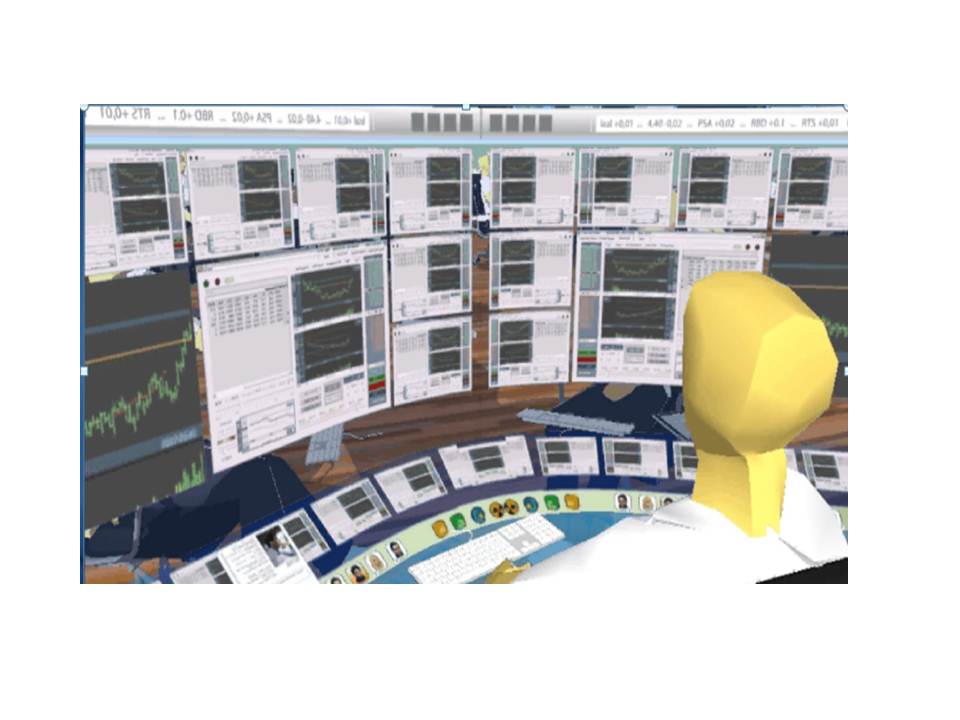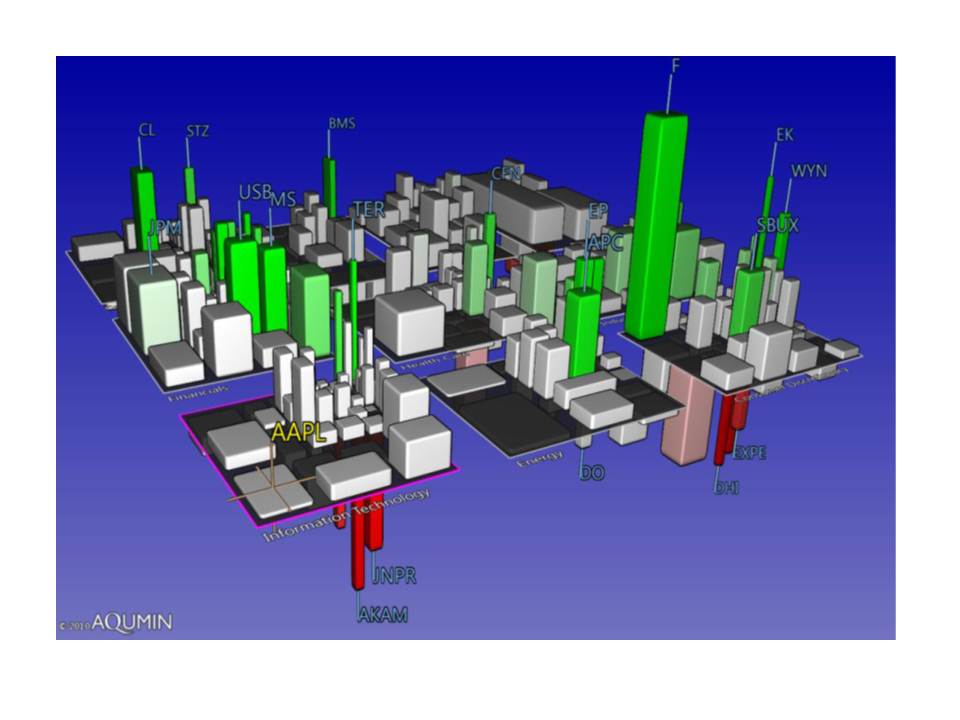Eliminating the Fog of Markets
April 2011 marks the 150th anniversary of the outbreak of the American Civil War, the bloodiest military engagement in U.S. history.
Past wars had been fought with muskets and fixed formations. But the technology of war had moved on by the 1860s. Despite this, Civil War officers continued to launch mass attacks against rifles in fortified positions, invariably resulting in heavy losses, like Burnside's assault on the heights at Fredericksburg.
Cavalry tactics were even worse. Traditionally, mounted soldiers carried a lance, sword, or pistol and could overcome infantry weakened by artillery or musket fire. But rifles made cavalry charges obsolete and suicidal. At least two major battles in the Civil War, Gaines Mill and Gettysburg, saw such attempts, both with predictable results.
At Gettysburg, the Union and Confederate armies stumbled on each other almost by accident. Lacking a landscape view of operations armies frequently just bumped into each other or missed each other altogether. In the Peninsula Campaign, McClellan greatly overestimated the size of Confederate forces facing him outside Richmond. His reluctance to attack lost the Union Army a major opportunity to end the war.
It seems hard to imagine, but a century and a half later, financial institutions find themselves in a similar position to Civil War generals. They manage risks without a complete view of markets and with incomplete intelligence sometimes underestimating the forces surrounding them.
The data has become more available but not the ability to absorb it.
So a trader managing a few instruments on one screen may be unaware of movements in other asset classes in other parts of the market that might impact his position unless he can see several screens at once. But how many screens can he view at any one time?
As a result, financial institutions may face markets like Lee faced Meade at Gettysburg. Without the eyes and ears of Stuart's cavalry, the Confederate Army had little advance knowledge of the enemy and even less of the ground.
Today trading has become turbo charged and 2D data is no longer enough. Pictures rather than numbers tell a more complete story and one that is easier and quicker to absorb. 3D insight can provide a dynamic view of markets regardless of how many securities, sectors or data is involved.
Now we can replace many screens with just a few or even one.
The images below suggest two possible perspectives on the future of the trading room.
Which one will be the most likely?
Exhibit One: 2D market data spread across several screens

Exhibit Two: 3D Market Data within a Single Screen

Data visualization is the next step in the evolution of trading and risk technologies. Perhaps it is time for the banks to fight new wars with tactics and technologies that are more appropriately aligned.
After all, one Battle of Gettysburg is enough for all of us.